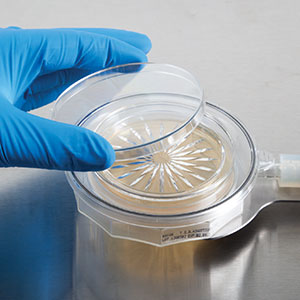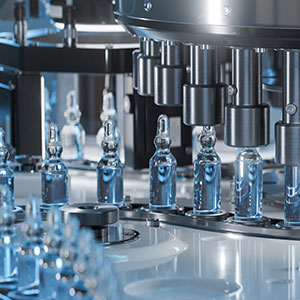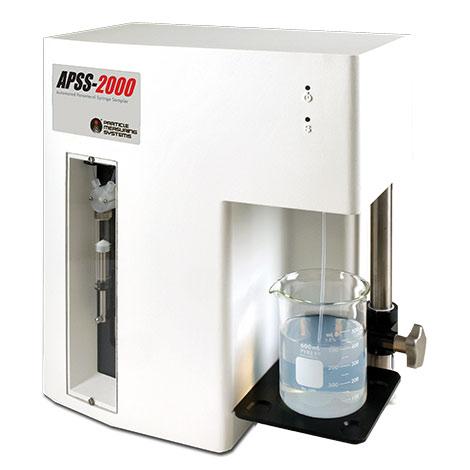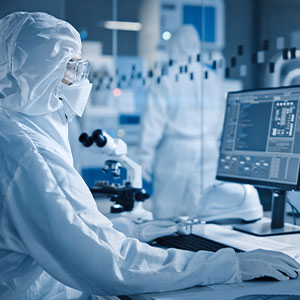USP 1788 2022 Revision Overview Frequently Asked Questions
In May 2021, a revision to USP <1788> Methods for Determination of Subvisible Particulate Matter was published in order to provide clarification and support of the information given in chapters USP <788> Particulate Matter in Injections, USP <789> Particulate Matter in Ophthalmic Solutions, and USP <787> Sub-visible Particulate Matter in Therapeutic Protein Injections. While the previous version of USP <1788> only covered the testing requirements for Optical Light Obscuration testing and Microscope testing, the revision expands the scope of testing requirements to include newly viable technologies such as Flow Imaging and new therapeutic protein solutions. Particle Measuring Systems’(PMS) APSS-2000 testing system still fully complies with the requirements for use in the testing of solutions in the Normative Chapters and revised General Chapters.




